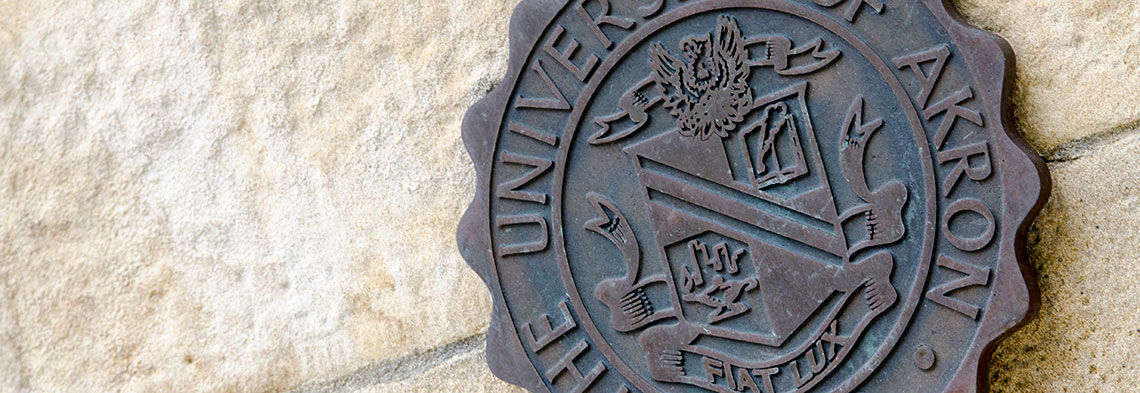Document Type
Article
Publication Date
9-1-2004
Abstract
This essay reviews the recent book, The Beecher Sisters by Barbara White, through the lens of feminist theory. It argues that each of the three great women chronicled in the book – Catharine Beecher, Harriet Beecher Stowe, and Isabella Beecher Hooker – serve as icons for each of the distinct strands of modern feminist thought. Barbara White, a professor emeritus of women’s studies at the University of New Hampshire, has given the field of women’s legal history a boost with her interdisciplinary contribution to the social and legal history of women. In The Beecher Sisters, White introduces us to each of three famous Beecher sisters: Catharine Beecher (1800-1878), known for her advocacy of women and education; Harriet Beecher Stowe (1811-1896), famous for her literary works against slavery including Uncle Tom’s Cabin; and their half-sister, Isabella Beecher Hooker (1822-1907), recognized for her work as a cohort of Elizabeth Cady Stanton and Susan B. Anthony in the women’s suffrage movement. The trilogy of female lives presented by White reveals the polarization of the sisters on views ranging from feminism to religion to their brother’s veracity. The book highlights the dichotomy of Isabella as the liberal equality feminist versus Catharine as the so-called “anti-feminist” and advocate of the domestic sphere. It compares Catharine’s religious orthodoxy to Harriet’s Christian ideology as contrasted with Isabella’s spiritualism and séances. And it explores the sisters’ conflicting views of the innocence of their brother, Henry Ward Beecher, in the infamous Beecher-Tilton adultery trial, the OJ Simpson trial of the nineteenth century. White’s biographical story provides ample evidence to support the conclusion advanced by this review that each Beecher sister embodied one particular school of thought within the larger umbrella of feminism. The essay argues that the evidence provided by White’s book of the sisters’ individual approaches to women’s rights do not reflect a disagreement with feminist principles, as has been suggested by others. Instead, it argues that the distinctions situate each woman’s philosophy within a different strand of feminist thought. Isabella represents the classic equality feminist arguing that women are the same as men for purposes of voting and marital rights. Catharine symbolizes the difference feminist and the emphasis on a different voice and focus for women. And Harriet epitomizes the pull and tug between these two schools of thought, resulting in her ultimate adoption of a theory of individual choice akin to the libertarian feminists. At the end of the book, the picture that emerges is one of the Beecher sisters together as the depiction of the state of feminism in the twenty-first century. The modern approach to feminist theory is to avoid one essential view of women and feminism, and instead to recognize a variety of different strands of approaches woven together in the fabric of feminist theory. The Beecher Sisters provides a historical foundation for this multiple-strand theory supplying evidence of a nineteenth-century origin of three strands of feminist theories – sameness, difference, and libertarian feminism.
Publication Title
Cardozo Women's Law Journal
First Page
107
Last Page
123
Recommended Citation
Tracy Thomas, The Beecher Sisters as Nineteenth-Century Feminist Icons of the Sameness-Difference Debate, 11 Cardozo Women's L.J. 107 (2004)


